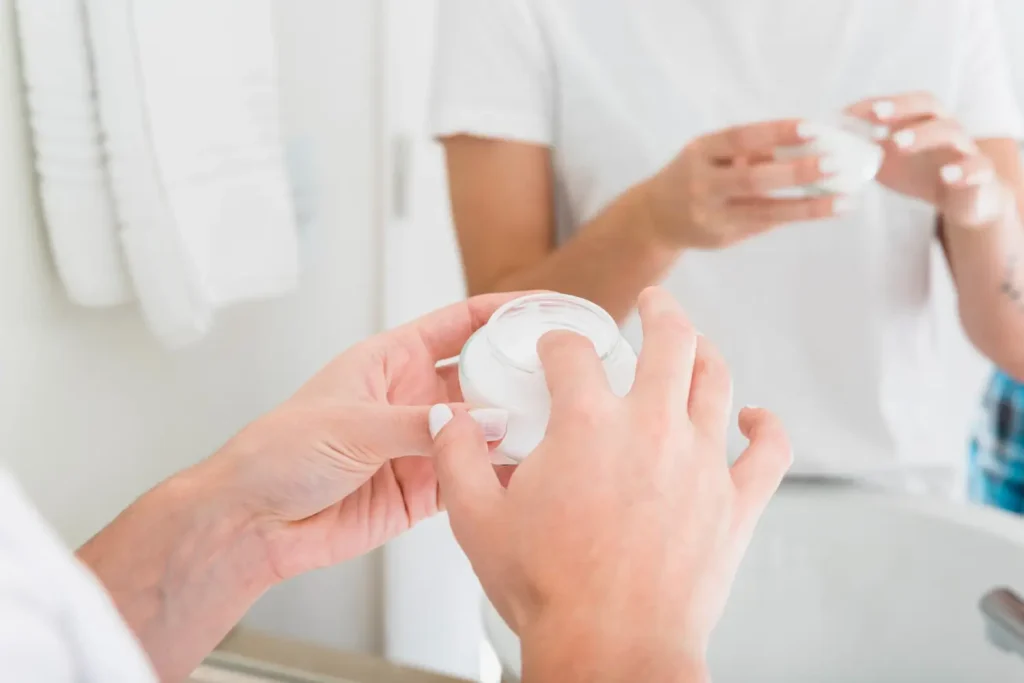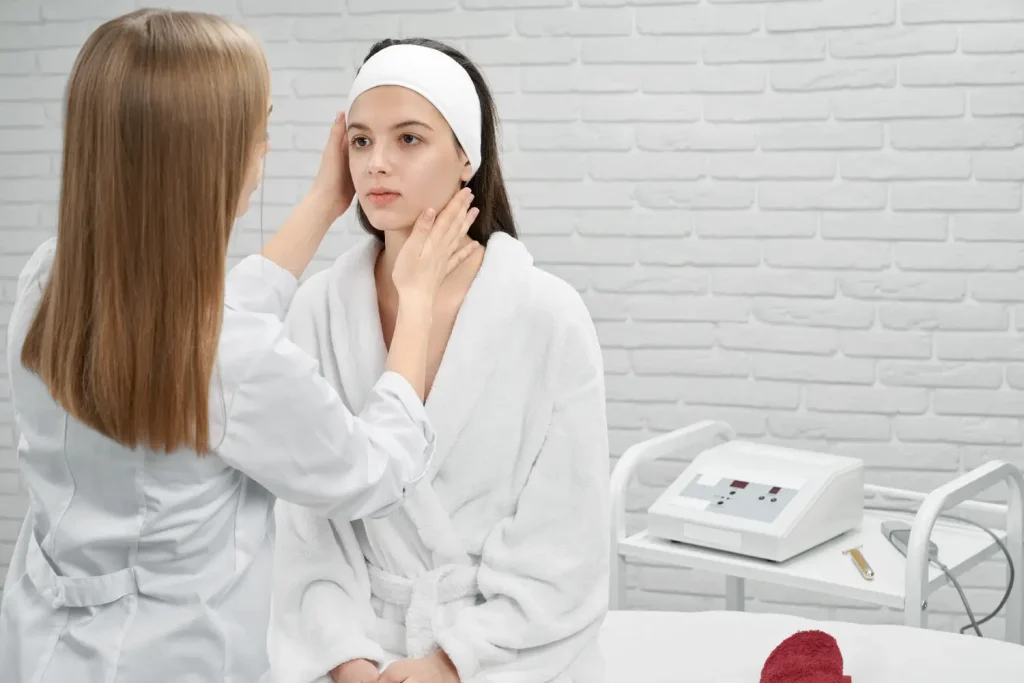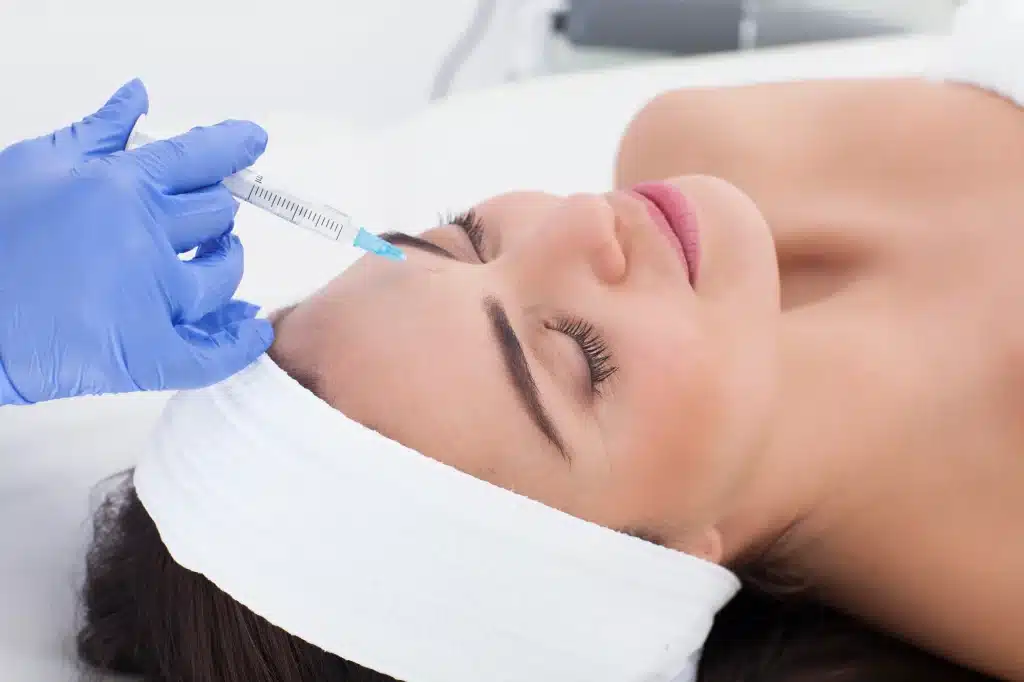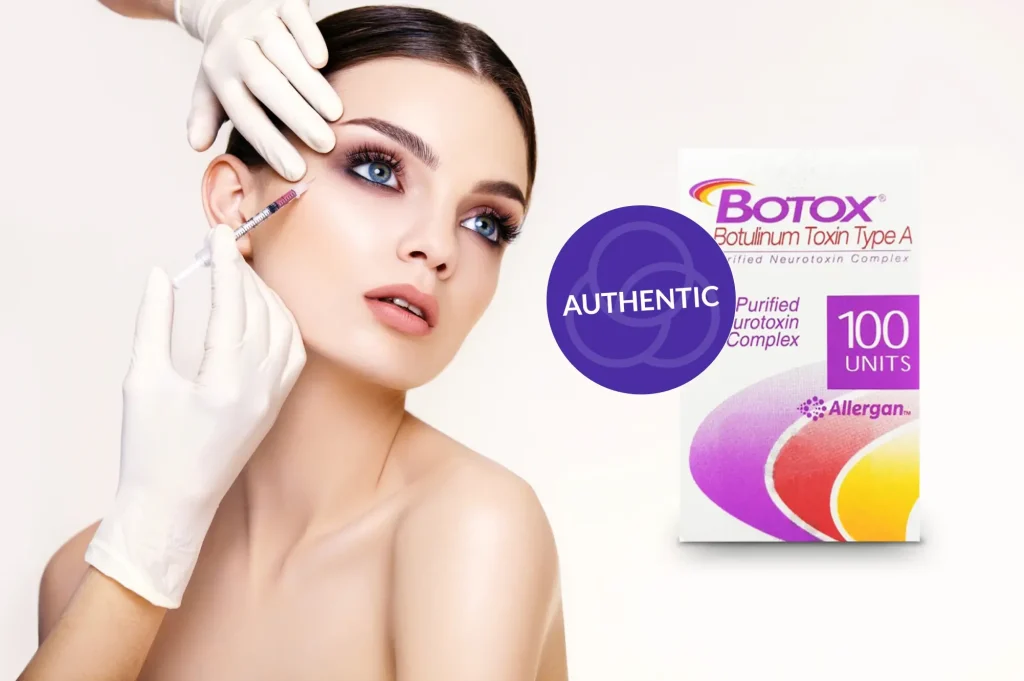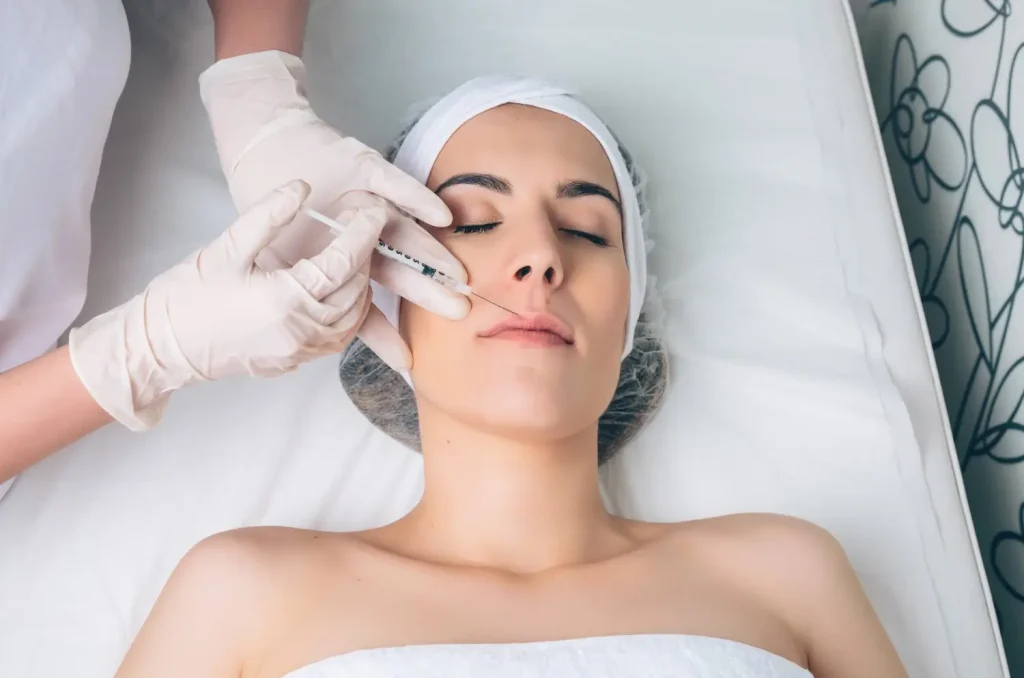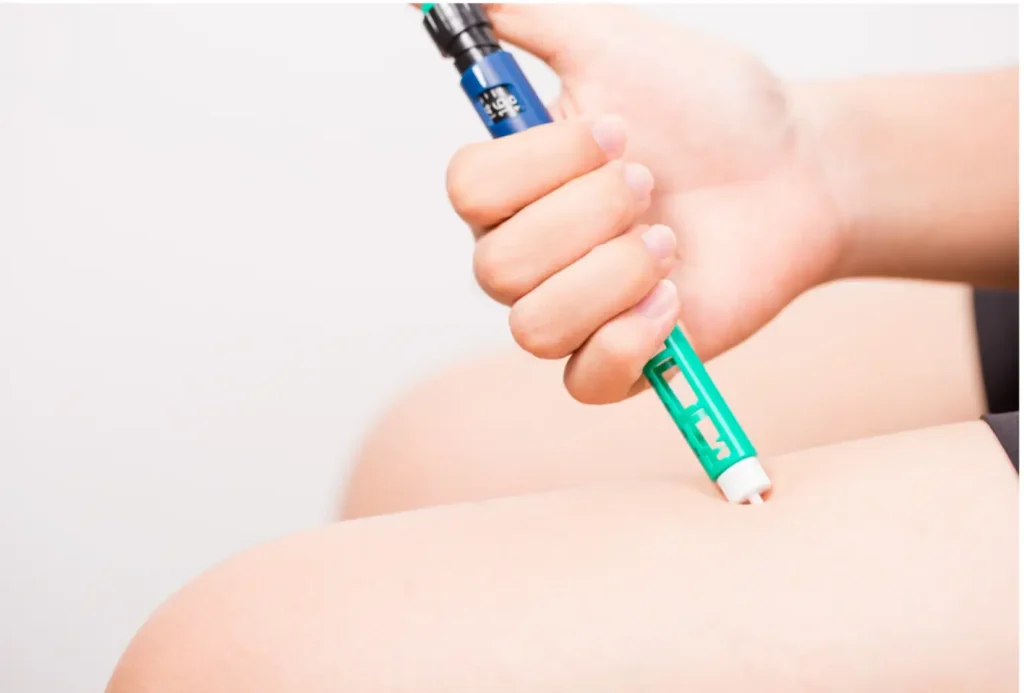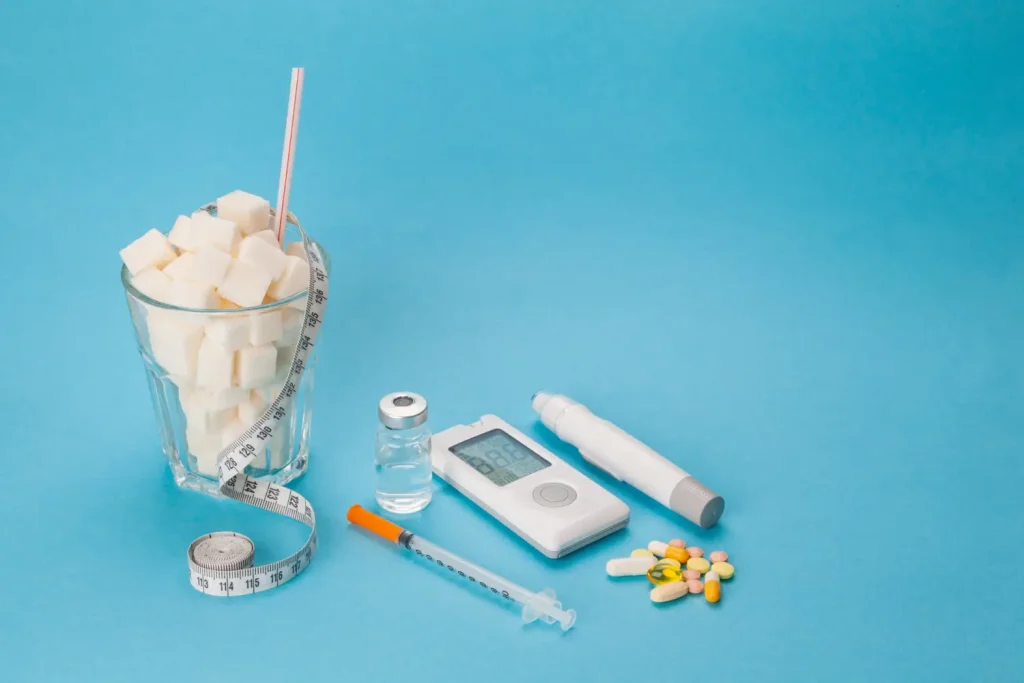Did you know that when lidocaine and prilocaine are mixed in equal parts, they form a unique eutectic mixture. It becomes a liquid at room temperature, even though each compound is solid on its own? This fascinating property boosts the skin’s ability to absorb the combination, making it highly effective as a topical anesthetic.
This synergy forms the basis of EMLA Cream, a trusted anesthetic used in various medical fields, from dermatology to pediatric care. Available in both branded and generic versions, EMLA combines lidocaine and prilocaine in equal doses. While its formulation may seem simple, its clinical versatility and safety have made it an indispensable option for both outpatient procedures and dermatological treatments.
In this article, we’ll dive into the generic version of EMLA Cream, exploring its composition, uses, and key considerations for both healthcare providers and patients.
Key Takeaways
- Lidocaine and prilocaine, when combined in EMLA cream, create an eutectic mixture that enhances skin absorption, providing effective topical anesthesia for minor procedures.
- Generic EMLA creams are just as effective as branded versions when used correctly, meeting bioequivalence standards to ensure consistent pain relief and numbing.
- The leading choice between branded and generic EMLA often depends on cost, availability, and patient preference. Generics are a more affordable alternative that does not compromise effectiveness.
- Generic EMLA creams are widely accessible and cost significantly less than the branded version, making them ideal for high-volume clinics or long-term use.
- Generic versions must be verified to ensure the correct lidocaine and prilocaine concentration matches EMLA’s formulation, guaranteeing consistent performance.
- Offering both branded and generic options provides flexibility, allowing for personalized care while maintaining affordability and consistent clinical results.
About: Medical Spa RX provides medical practices with premium products at the best prices. If you’re looking to buy EMLA Cream online for your practice, the sales representatives at Medical Spa RX can give you guidance.
Lidocaine and Prilocaine Mechanism in EMLA Formulations
Lidocaine and prilocaine are both amide-type anesthetics that work by blocking sodium channels in nerve cells, effectively preventing pain signals from being transmitted. When combined in EMLA cream, their dual action produces a deeper and more consistent level of skin anesthesia compared to when either is used alone. This synergy enhances the cream’s effectiveness, particularly in areas where more substantial or extended numbing is needed.
When applied under an occlusive dressing, the cream penetrates both the epidermis and the dermis, allowing it to provide a thorough numbing effect. Analgesia begins immediately upon removal of the dressing, after the required application period, and reaches its peak within approximately 60 minutes.
The numbing sensation then gradually wanes over the next 1 to 2 hours, making it ideal for minor procedures, such as needle insertions, laser treatments, or tattoo removals. This time frame is particularly useful for sensitive or pediatric patients, who require extra comfort during various procedures.
Are EMLA Generics as Effective as the Original?
Generic EMLA creams are just as effective as their branded counterparts when used correctly. They must meet stringent bioequivalence standards, ensuring to apply lidocaine and prilocaine of the same amount (2.5% each) reaches the skin at a similar rate. Studies have shown that generic EMLA provides comparable anesthesia and pain relief to the branded version.

While the inactive ingredients in generic formulations may vary, potentially causing skin reactions in sensitive individuals, the overall performance—including onset, duration, and depth of numbness—remains consistent. For most users, the branded and generic versions work interchangeably in clinical and cosmetic settings, with no significant loss of performance.
For those exploring how to apply EMLA cream for premature ejaculation, generics offer similar efficacy to the branded formulations, yielding consistent results when applied as directed.
Choosing Between Branded EMLA and Generic Options
The choice between branded EMLA and a generic version often boils down to availability, cost, and patient preference. For many clinical applications, especially where cost control is essential, generics provide an economical alternative without compromising the quality of care.
Factors to Consider
- Therapeutic Equivalence: Generics approved by regulatory bodies are rigorously tested to ensure comparable effectiveness and safety.
- Cost Efficiency: Generic topical creams are typically much more affordable, especially for long-term or repeated use, making them a wise choice for patients who need consistent, affordable treatment.
- Patient Sensitivity: Some individuals may respond differently to the inactive components in generic formulations, so monitoring the skin’s reaction during early treatments is crucial.
- Brand Trust: Branded EMLA has a long, well-established track record, which may inspire more confidence among practitioners or patients. However, for many, generics provide an equally effective alternative, especially when used correctly.
In most cases, starting with a generic and observing the patient’s response is a practical approach. If any skin irritation occurs, it’s easy to switch to the branded product or try another generic formulation.
Cost, Access, and Availability of EMLA Equivalents
One of the most significant advantages of generic EMLA creams is their affordability. Branded EMLA can be expensive, particularly in private settings or when it’s not covered by insurance. The generic versions significantly reduce this cost without sacrificing efficacy.
Typical Cost Differences (based on U.S. pricing)
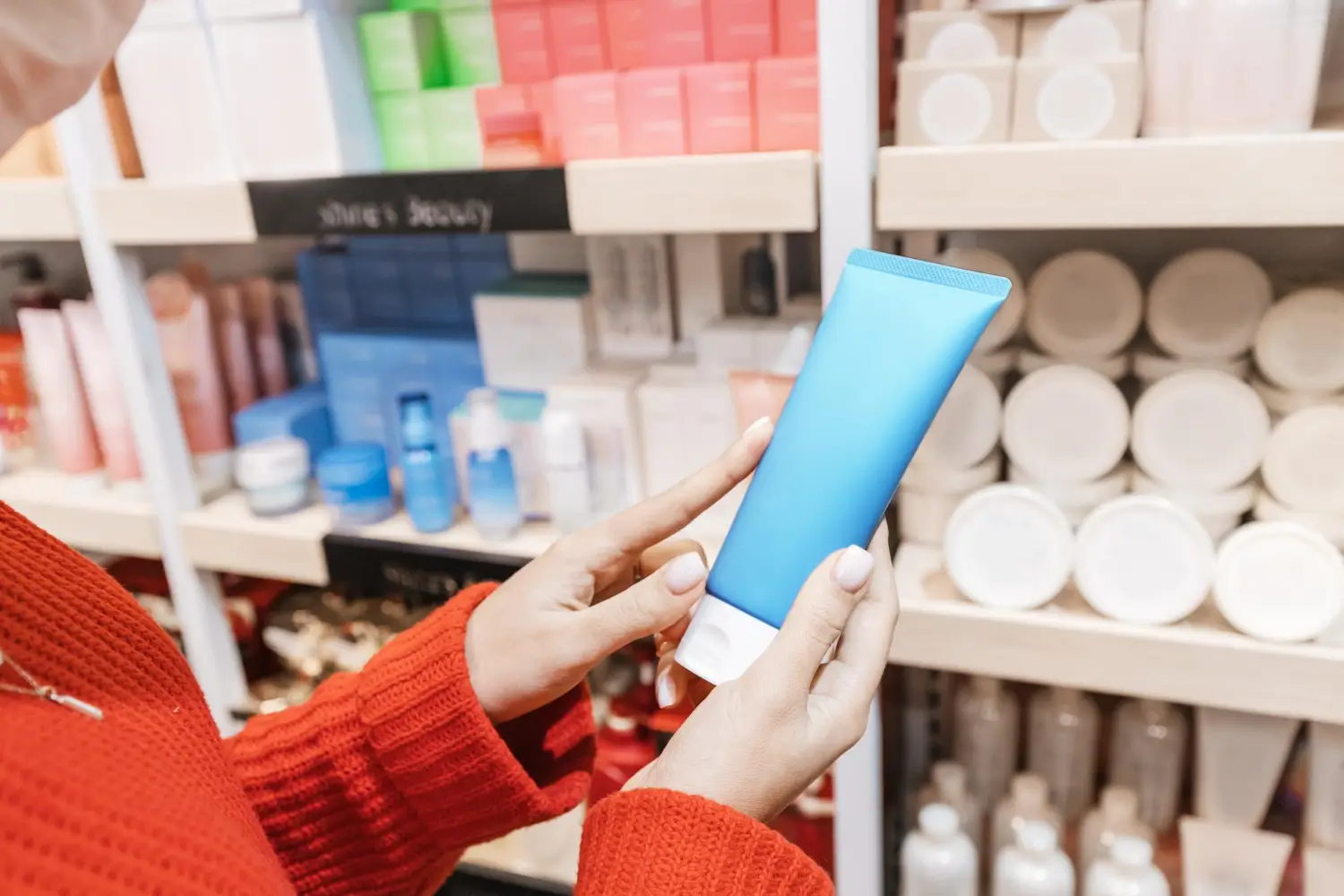
- Branded EMLA (5g tube): $50–$70
- Generic Lidocaine/Prilocaine (5g): $10–$25
Accessibility Highlights
- Widely available through both online and local pharmacies.
- Often stocked in clinics, dermatology offices, and medical spas.
- Available without a prescription in some countries, while others may require a prescription.
Generic EMLA creams are often marketed under different names depending on the manufacturer and region, such as Lidopril, Lidocaine + Prilocaine Cream USP, or Topicaine 5. It’s important to always verify the percentage of lidocaine and prilocaine to ensure it matches EMLA’s formula.
For practices that perform frequent skin procedures, purchasing generic EMLA in bulk can also be a more economical choice, ensuring that cost savings don’t compromise quality.
Conclusion
Generic EMLA creams are a cost-effective and reliable alternative to branded versions for procedures that require local skin anesthesia. They deliver the same pain relief, meet regulatory standards, and are generally well-tolerated by most patients. While some patients may prefer branded versions due to sensitivities or past experiences, offering both options allows for more personalized care.
Overall, generic EMLA creams provide consistent performance and affordability, making them a wise choice for most medical and cosmetic settings.
FAQs
1. What is EMLA cream used for?
EMLA is used to numb the skin before minor medical procedures such as injections, blood draws, or dermatologic treatments.
2. How long does it take for EMLA cream to work?
Typically, it takes 30 to 60 minutes under an occlusive dressing for the full numbing effect to set in.
3. Can I buy EMLA cream without a prescription?
In some countries, EMLA and its generics are available over-the-counter. In others, a prescription may be required.
4. Are there any side effects of using EMLA cream?
Common side effects include mild redness, swelling, or itching at the site of application. Severe reactions are rare.
5. How should EMLA cream be applied?
Apply a thick layer over the target area, cover it with an occlusive dressing, and leave it on for 30–60 minutes.
6. Is generic EMLA cream safe for children?
Yes, but dosing and application time should be adjusted based on age and weight. Always follow your healthcare provider’s instructions.
7. Can I use EMLA cream before tattooing or laser treatments?
Yes, many professionals use EMLA or its generic equivalents to reduce discomfort during tattooing, laser hair removal, and microneedling.
References
Weilbach C, Hoppe C, Karst M, et al. Effectiveness of various formulations of local anesthetics and additives for topical anesthesia – a prospective, randomized, double-blind, placebo-controlled study. Journal of Pain Research. 2017;Volume 10:1105-1109. doi:10.2147/jpr.s131029
Dubois MY. Local anesthetics: Eutectic mixture of local anesthetics. In: Springer eBooks. ; 1991:191-194. doi:10.1007/978-3-642-76872-9_15
You P, Yuan R, Chen C. Design and evaluation of lidocaine- and prilocaine-coloaded nanoparticulate drug delivery systems for topical anesthetic analgesic therapy: a comparison between solid lipid nanoparticles and nanostructured lipid carriers. Drug Design Development and Therapy. 2017;Volume 11:2743-2752. doi:10.2147/dddt.s141031

